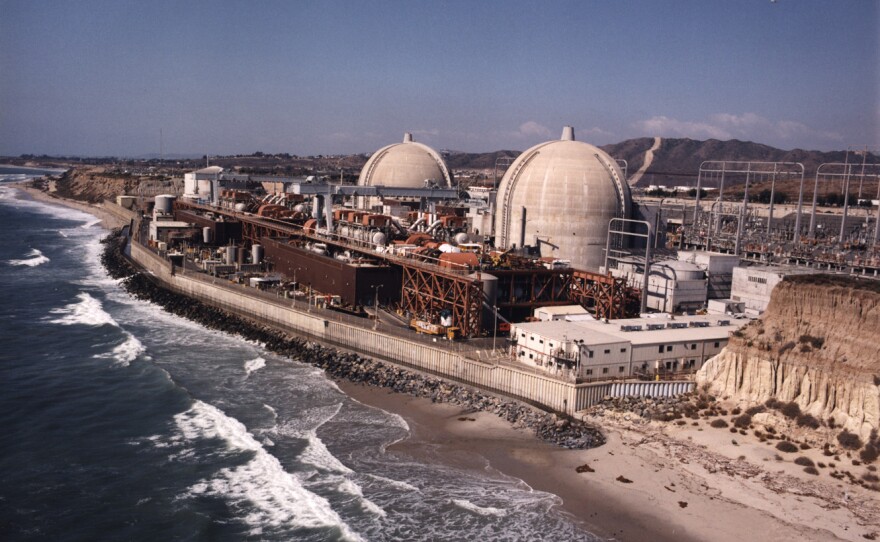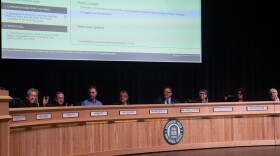The San Onofre nuclear power plant sits 60 miles north of downtown San Diego. The system of sirens that go off in the event of an emergency only reach residents within 12 miles away. The sound does not reach residents of Oceanside which is 17 miles away.
Gil Alexander is spokesman for Southern California Edison, the power company that owns the plant. He says the nuclear disaster at Fukushima in Japan has not changed the company’s policy to warn people further away. He says scientific evidence to date suggests the danger zone if a radioactive cloud were released from the plant is limited to people living less than 10 miles away.
However, Alexander says, the company is still reviewing lessons learned from Fukushima.
“Some of the greatest attention since Fukushima,” he said, “ is how do you ensure the appropriate and timely flow of information to the public.”
Darin McClure lives two miles from the plant. After Fukushima, he urged officials at the San Onofre plant to sign up with Twitter.
Southern California did : @ SCE_SONGS
McClure is within earshot of the sirens, but, he said, now everyone in Southern California has a better way to find out what is going on if there is an emergency at the plant.
“Tell all your listeners to go check out @SCE_SONGS on Twitter,” he said “because Twitter is going to be the only way they are going to be able to get information in case of a real emergency.”
McClure said Twitter will allow the company to give specific instructions to people : Either stay indoors, evacuate or take potassium-iodine pills.
Company spokesman Alexander said Edison will use Twitter if there is an earthquake to tell people if the plant is affected.
He said the company hopes to hear this fall whether the California Public Utilities Commission has approved their request for $60 million to study the risk posed to the plant by earthquake faults.
“We have been aware," he said, that there is new technology coming on line. "For example 2D and 3D, pioneered largely by oil-research companies, that could be applied to even better analysis of the seismic threats that we face. “
Alexander said if that study is approved, it will cost ratepayers an additional half of 1 percent of their electricity rates.
He said the company also has a web site that would be used during an emergency to provide updates.







